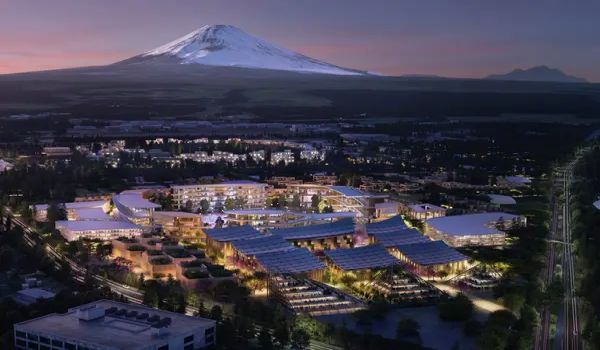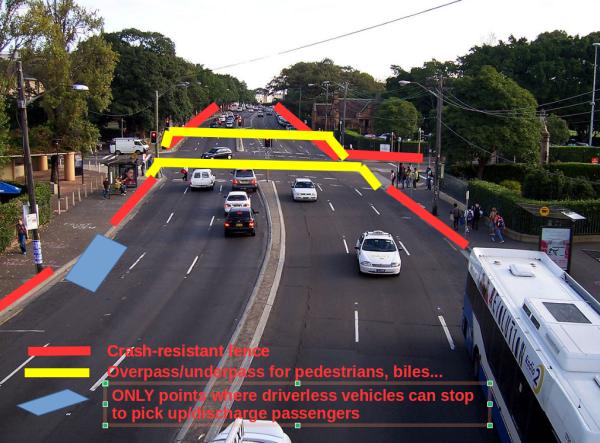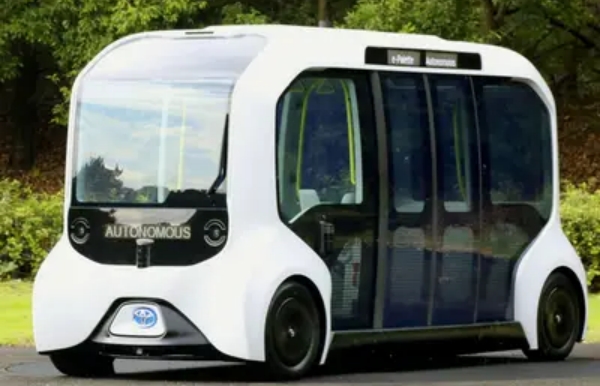Toyota's Woven City has a lot of things I imagined in a real Smart City
What may go wrong? Just one thing, of course.

A report that “Toyota just started building a 175-acre smart city at the base of Mount Fuji in Japan” really got my attention.
Most interesting characteristics of “Woven City”
- a major design theme is human connection (“If it’s not started from a human-centric perspective, from the bottom up as opposed to from the top down, these aren’t real cities”)
- buildings will be mostly made of wood
- it will have three different, “interwoven” types of streets (plus one underground road used for transporting goods): one for self-driving vehicles, one for pedestrians using personal mobility devices like bikes, and one for pedestrians only
- self-driving electric vehicles, called e-Palettes, will be used for transportation, deliveries, and mobile retail throughout the city
If this is how things stand, Woven City is a real-world confirmation of several observations I have made things that should really matter (both good and bad) in smart cities and driverless cars.
The good
The focus on human connections, if real, may be the main thing that makes Woven City a success to take seriously, everywhere. “If it does not include at least three generations, it cannot work”, said somebody about every community project from at least the beatnik years, and he is right.
The “three levels of interwoven (that is, separate!) streets” are a concrete implementation of something I have said since 2017: the real name of driverless cars that are feasible AND make sense should be Shared, On-Demand, Micro… TRAIN!

<u><em><strong>CAPTION:</strong>
<a href="/2018/04/this-is-what-i-mean-by-treating-driverless-cars-like-trains/" target="_blank">what I meant, in 2018, by treating driverless cars like trains</a>
</em></u>
I say this because universal adoption of really driverless cars… in the cities and streets that we have are either a pipe dream, or a scam. Seriously. Even carmakers executives acknowledged this, albeit implicitly.
Even the shared pods that will move people around this Woven City seem just what I called “driverless cars done right”:

Oh, and I’m also happy that “blockchain” is not considered at all.
What may go wrong
Inequality and exclusion, of course. Woven City may well be an Eden for who is invited inside, or is born there. What about everybody else, around Mount Fuji, or around any other Woven City, everywhere in the world?
There is no question that city projects like these already look much, much smarter than what was too often sold as “smart city” even just five years ago. But if they really expect to keep the rest of the world walled off, sooner or later they’ll end up like “Prince Prospero… and his light-hearted friends”. Mentally and spiritually, if not physically.
Who writes this, why, and how to help
I am Marco Fioretti, tech writer and aspiring polymath doing human-digital research and popularization.
I do it because YOUR civil rights and the quality of YOUR life depend every year more on how software is used AROUND you.
To this end, I have already shared more than a million words on this blog, without any paywall or user tracking, and am sharing the next million through a newsletter, also without any paywall.
The more direct support I get, the more I can continue to inform for free parents, teachers, decision makers, and everybody else who should know more stuff like this. You can support me with paid subscriptions to my newsletter, donations via PayPal (mfioretti@nexaima.net) or LiberaPay, or in any of the other ways listed here.THANKS for your support!